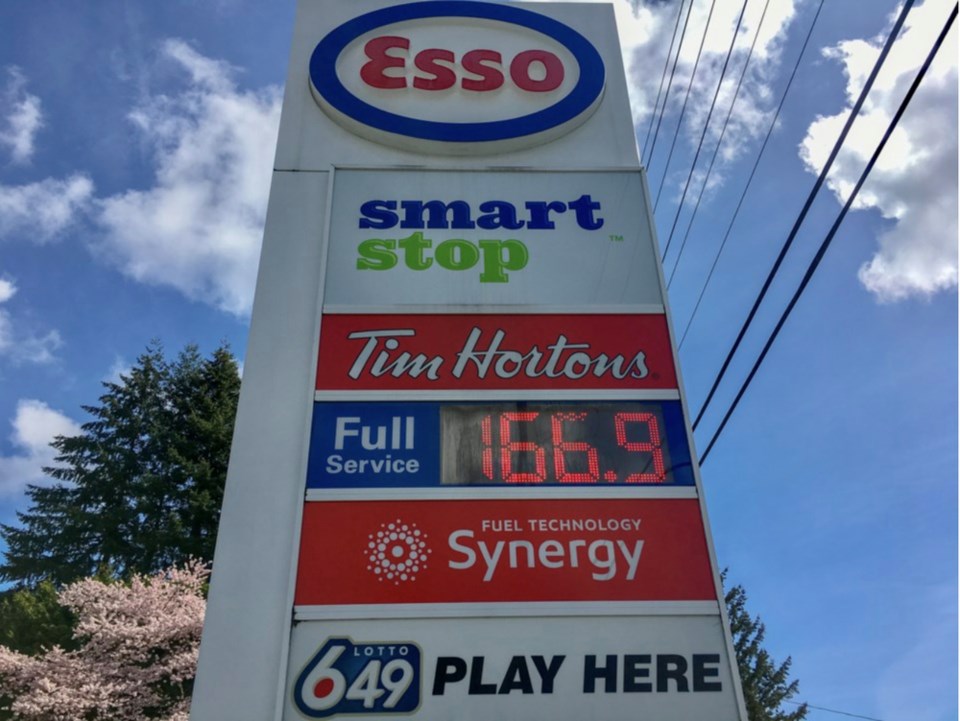Inflation showed no signs of abating in December, rising 4.8 per cent on an annual basis to reach the fastest pace of growth in more than three decades.
Statistics sa国际传媒’s Consumer Price Index (CPI) revealed Wednesday that gas prices led the way last month, up 33.3 per cent compared with a year earlier. That’s down from 43.6 per cent in November.
Grocery prices, meanwhile, grew at a pace of 5.7 per cent — a level not seen since November 2011.
Core CPI, which excludes more volatile categories such as gas and food, increased 3.4 per cent.
“But much of the annual rise can still be attributed to lower prices in December [2020], when the pandemic weighed more heavily on consumer demand,” RBC economist Claire Fan said in a note.
“On a month over month basis, prices actually ticked 0.1 per cent lower in December as Omicron concerns pushed oil and gasoline prices lower.”
In sa国际传媒, inflation grew 3.9 per cent in December — the lowest rate among provinces after Saskatchewan (+3.5 per cent) and down 0.1 percentage point from November.
“Still, make no mistake, inflation looks to have plentiful staying power, with oil prices on the march, firms reporting intense labour shortages and core inflation grinding up,” BMO chief economist Douglas Porter said in a note, referring to national figures.
“Even with one of the ‘milder’ inflation rates in the G7, the stage is nevertheless set for the Bank of sa国际传媒 to soon kick into tightening gear.”
He expects the central bank, which has not raised its overnight rate once throughout the course of the pandemic, to announce a rate hike in March.
Fan, meanwhile, believes this will happen in April.
"The process [hiking rates] is likely to begin this year but bringing inflation back to 2 per cent is likely to be a multiyear project," TD senior economist James Marple said in a note.

